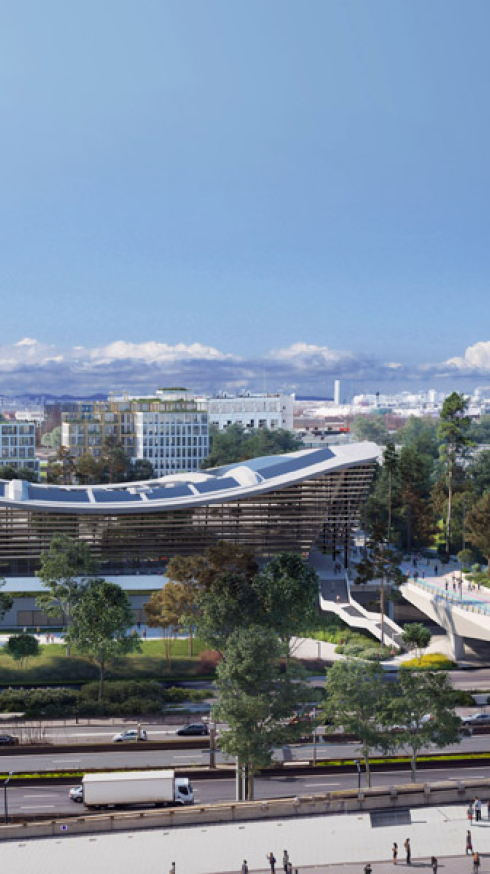

Article
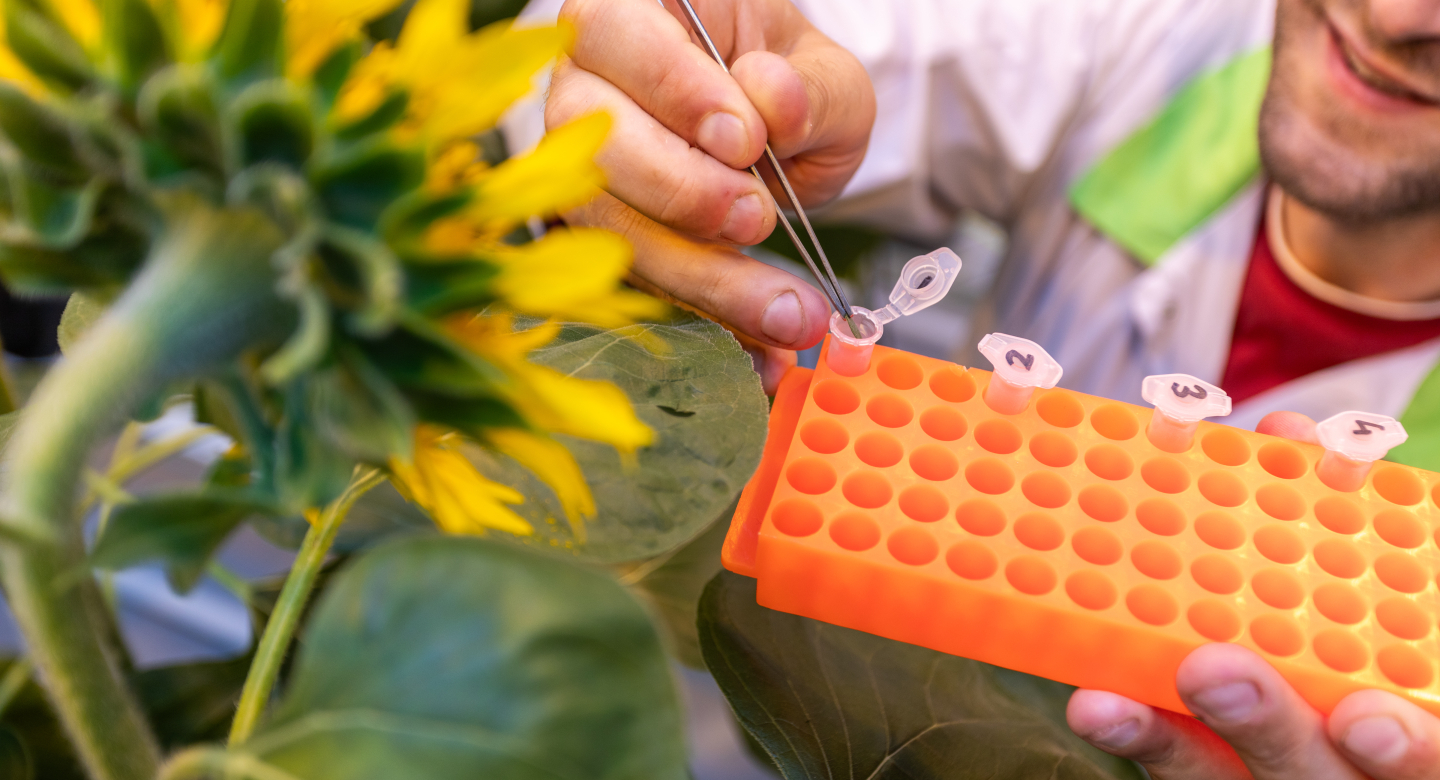
The Netherlands, a global leader in innovation, is collaborating with Southeast Asia to revolutionise agriculture using digital technologies. Digital agriculture can address food security challenges, promote sustainable development, and enhance equity for farmers. Keep reading to find out how.
Image credits: Jarno Kraayvanger at KeyGene
Great opportunities lie in innovating agriculture. The Netherlands shines as a beacon of innovation, bringing technological expertise to global challenges. Together with countries around the world, we want to tackle food security challenges worldwide. With Southeast Asia facing critical challenges, we’re exchanging knowledge and experience to better face these challenges together.
Digital agriculture come in all shapes and sizes. It refers to the application of technology and data-drive solutions in the field of agriculture. Think of data analytics, sensors, automation, and communication systems. The goal is always to optimise efficiency, productivity and sustainability in farming operations.
The Internet of Things (IoT), cloud data storage, artificial intelligence and satellite and weather technology are all great examples of how digitalisation is transforming agriculture from farm to market.
IoT sensors alert farmers to variations in the microclimate, PH levels, and presence of disease or other pests. Automation of drip-feed irrigation can be optimised with the use of a basic weatherproof computer and crop growth can be monitored against existing statistics. The availability of big data on cloud storage, combined with new sensors and hardware applications, gives farmers precise solutions tailored to local needs. Just by using their phones, farmers can tap into data collected worldwide. This allows them to obtain information to make the best decisions for planting.
The benefits of digitalisation to the agrifood sector are clearly immense. From improving supply chain efficiency to facilitating decision-making processes. The opportunities are found all across the board. And yet, there are 3 advantages that take a special place on the podium for solving global challenges.
Digital tech isn't about high-end nations. It's about using innovative tools to solve real problems. And the Netherlands is not the only country working in digital agriculture. We can’t do it alone. Our aim is to collaborate with international partners in making a real change. And right now, our eyes are on Southeast Asia.
Southeast Asia stands at a critical juncture. As a region suffering from unpredictable weather conditions and economic uncertainties, they also face challenges in their agrifood sector, such as: small-sized farms, limited access to markets, rising labour and input costs, and volatile commodity prices. Not forgetting vulnerability to changing weather patterns.
The Asian Development Outlook underlines a slow growth trend in agrifood, marked by a mix of robust domestic demand, limited global exports, and concerns over food security. Within this landscape, the Netherlands emerges as a crucial ally. We focus on innovative digital solutions to reinforce food security sustainably.
Southeast Asia’s growth trajectory in the first half of 2023 was propped up by resilient domestic demand and the gradual reopening of essential economies. Yet, decreases in global demand have cast a shadow on the region's economic resilience. But there is hope. Different digital technologies can help reshape agriculture in the region. From lowering the cost of acquisition and gathering useful data on farms to even reducing the paperwork required to boost production sustainably.
“Cooperation with Dutch companies and knowledge institutes give Thailand the possibility to profit from the long experience the Netherlands has in efficient and safe food production. More and more, the focus is on improving the sustainability of the food systems.” - Gijs Theunissen, Agricultural Counsellor at the Netherlands Embassy in Thailand
The Netherlands, armed with digitalisation to revolutionise farming, deems collaboration a key factor in ensuring food security. Ranked 7th in the Global Innovation Index, we strive towards creative solutions to global challenges. The agrifood sector is of high priority for the Netherlands. We take a triple helix approach to solving global challenges, with contributions coming from research, government and business. With large investments in innovation, data and digitalisation, the Netherlands is a breeding ground for sustainable entrepreneurs working in the agrifood sector. From the use of blockchain for transparent supply chains to satellite imagining for precision and crop management. Digital solutions can be found across the board in the agrifood sector.
For example, MantiSpectra recently developed smart sensors that allow farmers to analyse fruits and vegetables directly on the ground. Spatialise is helping farmers understand the health of soil in agricultural land with their latest AI solutions. Or Space4Good, who are enabling integrated insights for enhanced agriculture, forestry and agroforestry management and resource planning.
Together, the Netherlands and Southeast Asia blend expertise and need. By using tech and innovative farming, we can pave the way to sustainable food security.
The Netherlands isn't just a tech wiz; it's a partner. For future partners looking to collaborate with the Netherlands, teaming up means tapping into cutting-edge tech and a shared ethos of sustainability. Together, we can build a robust, eco-conscious global agrifood community.
Did this article spark your curiosity? Get in touch with your local Dutch embassy in your country to see what opportunities are available for collaboration.
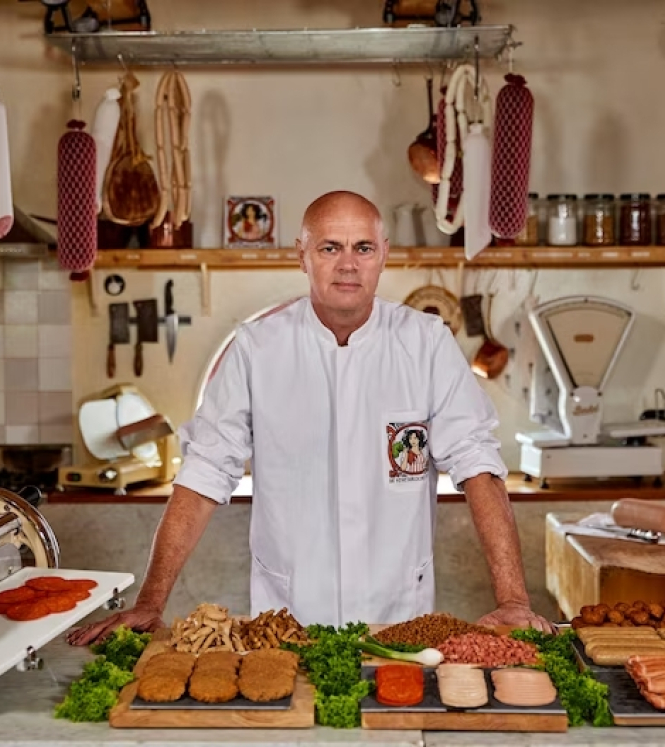
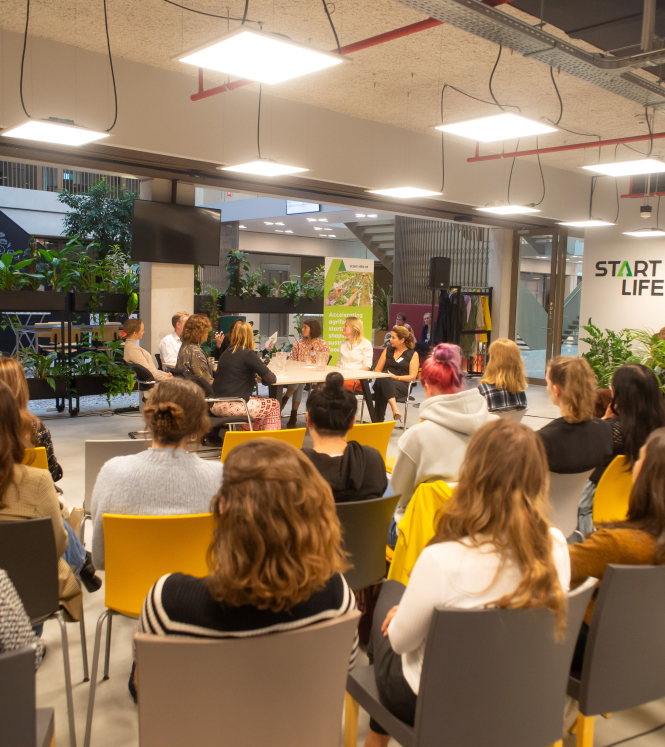
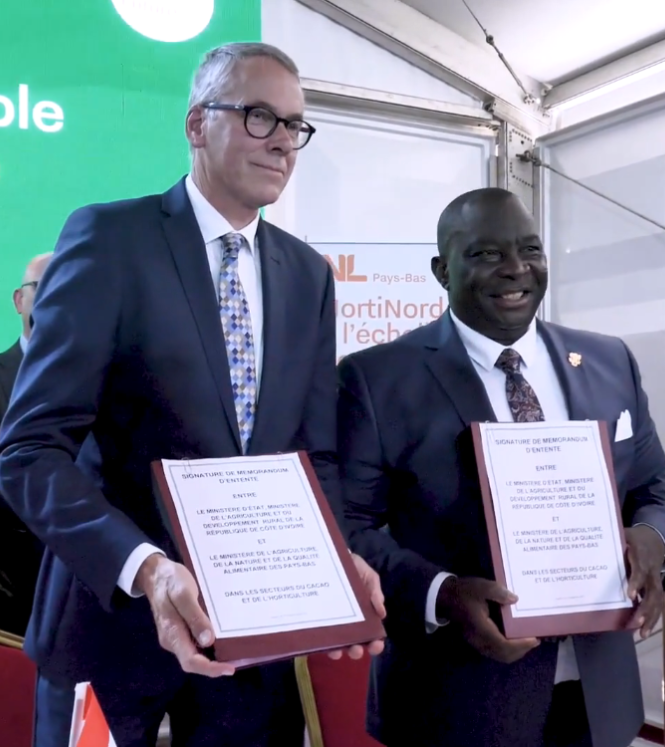
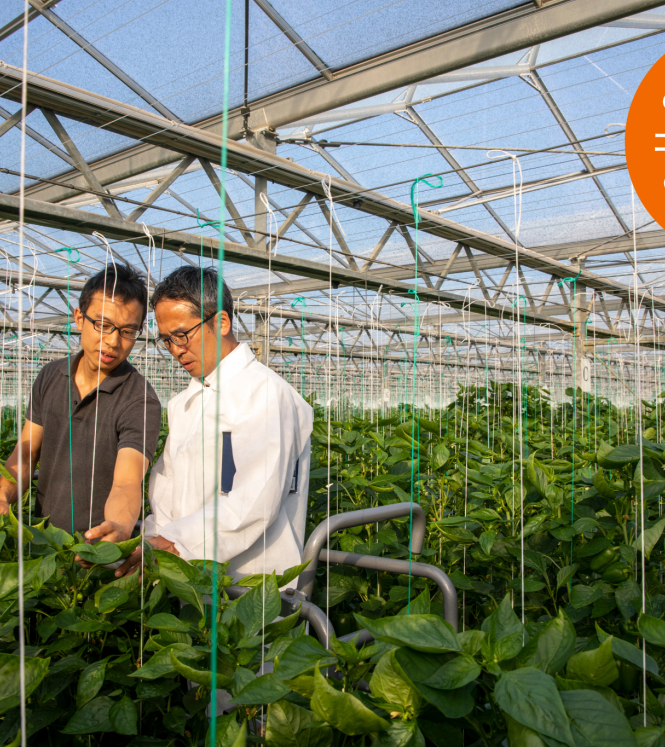
Want to know more about how you can work together with the Netherlands to achieve your goals? Or how you can help contribute to or spread the word on campaigns, events and initiatives? Contact us directly at info@nlplatform.nl so we can help you connect to the right people.